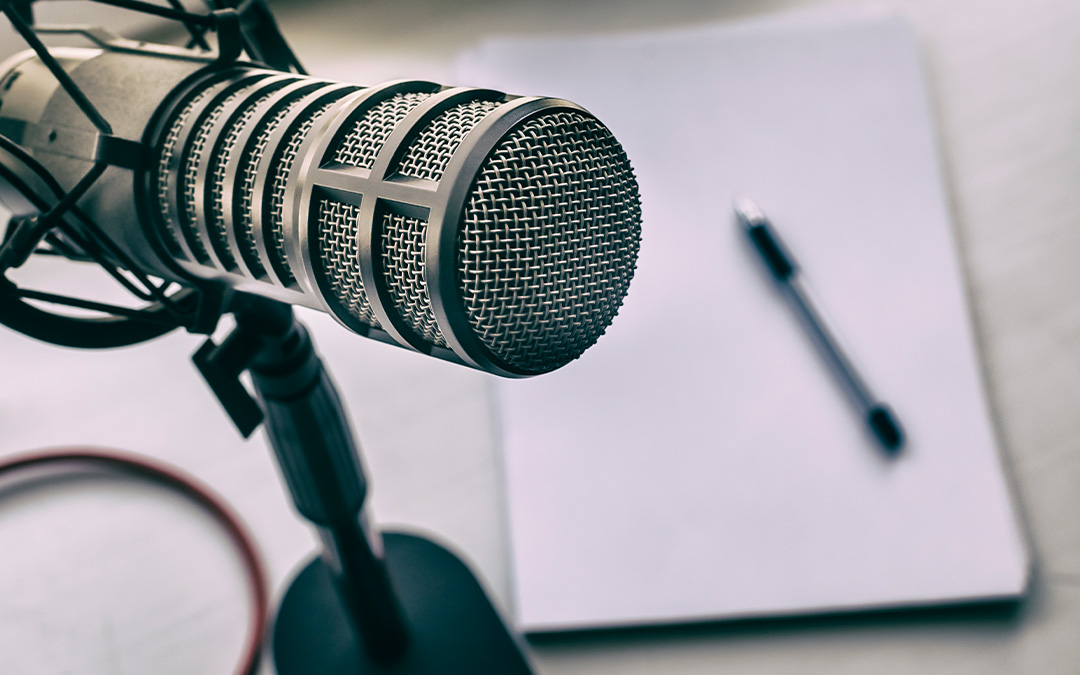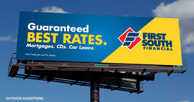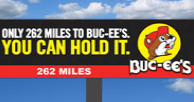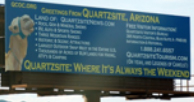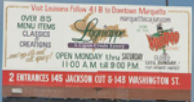
Increase Sales By 35% in 6 Weeks or Less: 5 Direct Response Advertising Tips
As a Direct Response advertising agency, we have executed hundreds of campaigns over the last 25-plus years. We have seen that creating a solid Direct Response campaign can increase sales immediately. Usually clients see an increase in response by 30% to 40% in just a few short weeks, transitioning from branding to direct response. Here are some tips to help you do the same.
1.) Walk a mile in your customer’s shoes. See how they feel. Then take them off, look at them, smell them and ask yourself what’s really important to the person wearing them. The heart of Direct Response is communicating “what’s in it for the customer” in tangible ways that garner attention and action. Where branding campaigns are usually trying to build positive recall and feelings toward a brand, direct response campaigns get to the heart of why a potential customer should act now and explain how the product or service provides the solution they need. When you are creating your ads, it’s crucial to put yourself in the mind and heart of your target customer. Your creative should answer the following questions.
- How is this product or service going to benefit me or make my life better?
- Why should I trust what this advertiser is saying?
- How can I find out more if I am interested?
- Why should I act now and not put off my decision any longer?
- Will this product or service benefit me more than others I have heard about or seen?
- What am I risking? (time, money or both) Why is this worth the risk?
2.) Make it easy for your customer to respond. So many advertising campaigns today are very creative but are confusing. How many ads have you seen that left you asking, “How does that relate to me?” or “What was that even about?” With Direct Response advertising, you should tell your customers how to respond along and why they should respond. Here are some tips to do that:
- TV Ads: Put the call to action on the screen within the first two seconds of the ad.
- Radio Ads: Repeat the call to action at least three times.
- Digital Ads: Use an action button that leads to user-friendly landing page.
- Digital Ads: Shorten the response form to the minimum number of fields possible.
3.) Negotiate or hire a media buyer to get 35% or more ad time for the same investment. With broadcast media like national and local cable, national and local radio, streaming services and podcasts, there are typically two different rate structures depending on the type of advertiser you are. There are branding rates and direct response rates. A straightforward tactic is to create a Direct Response ad and then request the Direct Response rates for placing your media. Typically, you can save 35% to 50% off the standard brand rate card and sometime much more.
You need to know this about the Direct Response world: Your ads can be bumped if someone outbids you. However, a good media buyer knows the rates you need to be at to make the buys profitable for you. Sometimes it’s ok to sit on the sidelines if another advertiser is willing to pay a premium for a short amount of time. The Direct Response strategy is to deliver a positive ROI on your media day in and day out… week in and week out.
4.) Build trust. Building trust is one of the cornerstones of Direct Response advertising. Depending on the type of product or service you offer, trust may appear in the form of independent reviews, real customer testimonials and rating services like BBB and Trustpilot. No amount of good creative can overcome distrust on the customer’s part. Trust must be an integral part of everything you do. New customers are going to be looking for reasons to trust you. Give it to them. Let them know it’s safe and wise to do business with you.
5.) Limit risk. The ability to build trust gives the customer comfort in doing business with you, while limiting their risk helps motivate them to act. There are several ways to limit the risk for potential customers. Take 14-day, risk-free trials, for example. Many subscription-based companies give potential customers the ability to try a product or service for two weeks to see if it’s a good fit. From weight loss to meal prep to supplements, you will see this strategy implemented because it’s very effective. Offering a money-back guarantee is another risk-lowering strategy. Some companies even offer to cover shipping. Make it clear and make it easy. Free information is used often for higher ticket items that take more time to explain than a typical 30-second spot can convey. It can be a white paper, brochure or educational video. Free is one of the most powerful words in Direct Response advertising. Use it to your advantage.
These five tips can help you realize an immediate increase in response and sales. Use them and reap profitable rewards.

